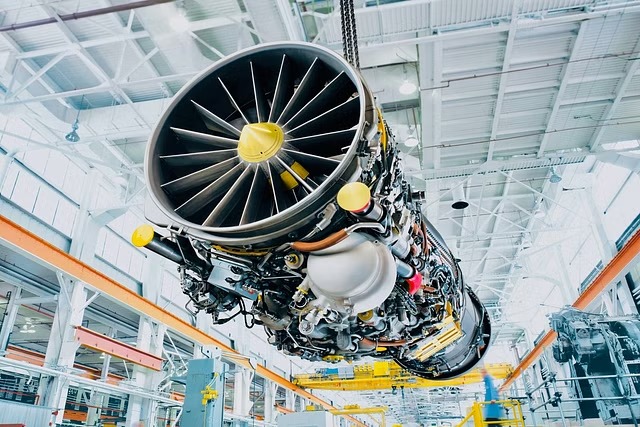Prime Minister Narendra Modi visited France as Guest of Honor between 13 and 14 July, where he announced multiple deals in a joint statement with French President Emmanuel Macron.
One surprise announcement was India and France agreeing to co-operate on the development of a high-thrust jet engine for India’s in-development fifth generation advanced medium combat aircraft (AMCA) Mk-2.
The announcement stated, “In the future, India and France will extend their ground-breaking defence cooperation in advanced aeronautical technologies by supporting the joint development of a combat aircraft engine”.
“Safran and Defence Research and Development Organisation (DRDO) are expected to prepare a roadmap for this jet engine by the end of the year,” the announcement further stated.
This comes following another deal signed with the United States just two weeks ago (on 22 June), for the co-manufacturing of the General Electric GE F-414 jet-engines with transfer of technology (ToT) of upto 80 per cent.
Here is how the two deal between the US and France are different from each other.
The deal with United States engine-maker General Electric is for an already developed jet engine, namely GE F-414 INS6 for use in the Tejas Mk-2, 99 examples of which India ordered in 2010.
These GE F-414 engines produces maximum thrust of 98 KN with the deal involving the production of these engines in India by Hindustan Aeronautics Limited (HAL).
Astonishingly, the US government has for the first-time ever, allowed GE to share manufacturing technologies that they hitherto not shared with even their treaty allies such as the UK, France and Australia.
The technologies include, special coatings for corrosion and erosion and thermal barrier for the hot end, machining and coating for single crystal turbine blades, and nozzle guide vanes and other hot end parts, machining of powder metallurgy discs for turbine, thin-walled titanium casing and CMC (ceramic matrix composites) for nozzle.
It also included complete tech transfer for blisk machining, friction/inertia welding for fan and afterburner, PMC (polymer matrix composites) for bypass duct, Laser drilling technology for combustor and Bottle boring of shafts.
This deal will essentially transfer the ‘know-how’ of manufacturing jet engines to HAL.
In contrast, the deal with French engine-maker Safran, will involve the development of an entirely new clean-sheet high-thurst jet engine for AMCA Mk-2.
This engine will be a totally new class of engine, producing 110KN thrust compared to the 98 KN for the GE F-414.
This high-thrust rating will allow the AMCA Mk-2 to supercruise, which Tejas Mk-2 will be unable to do.

































